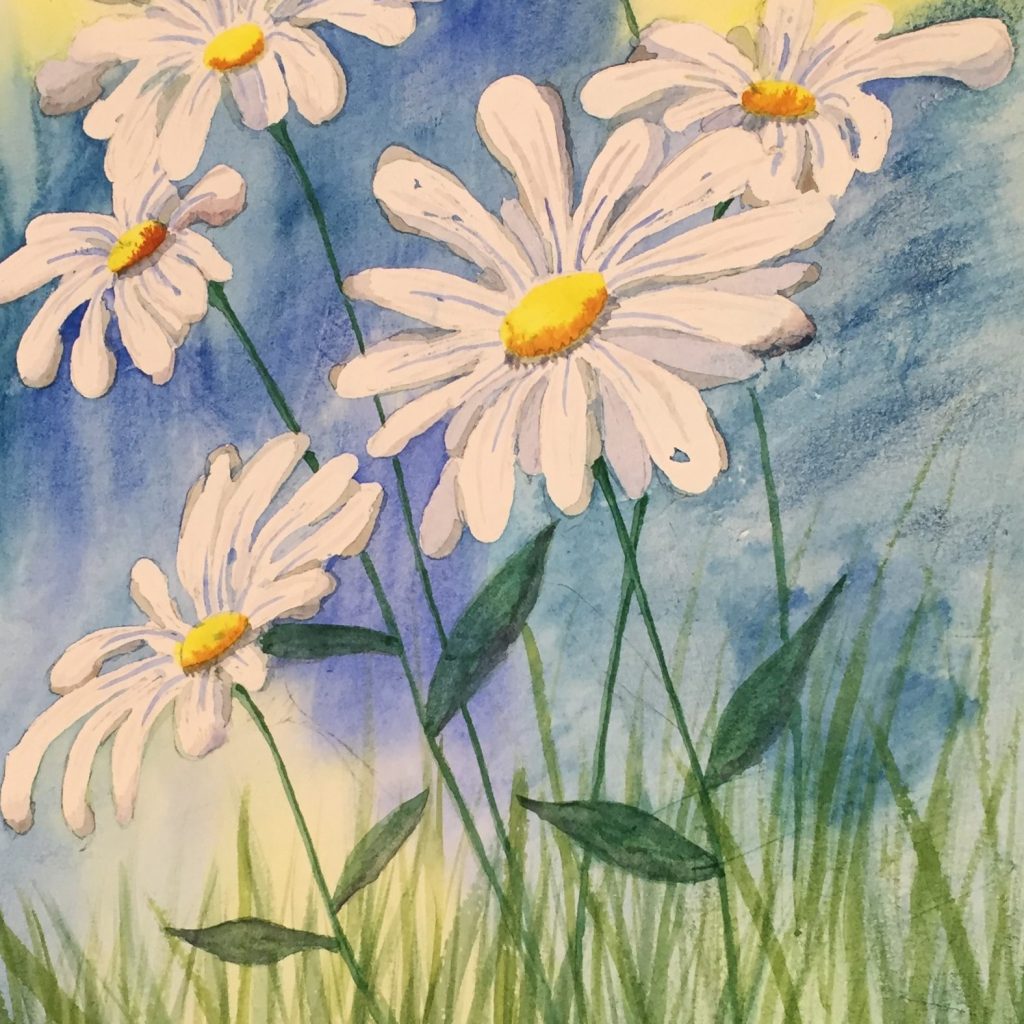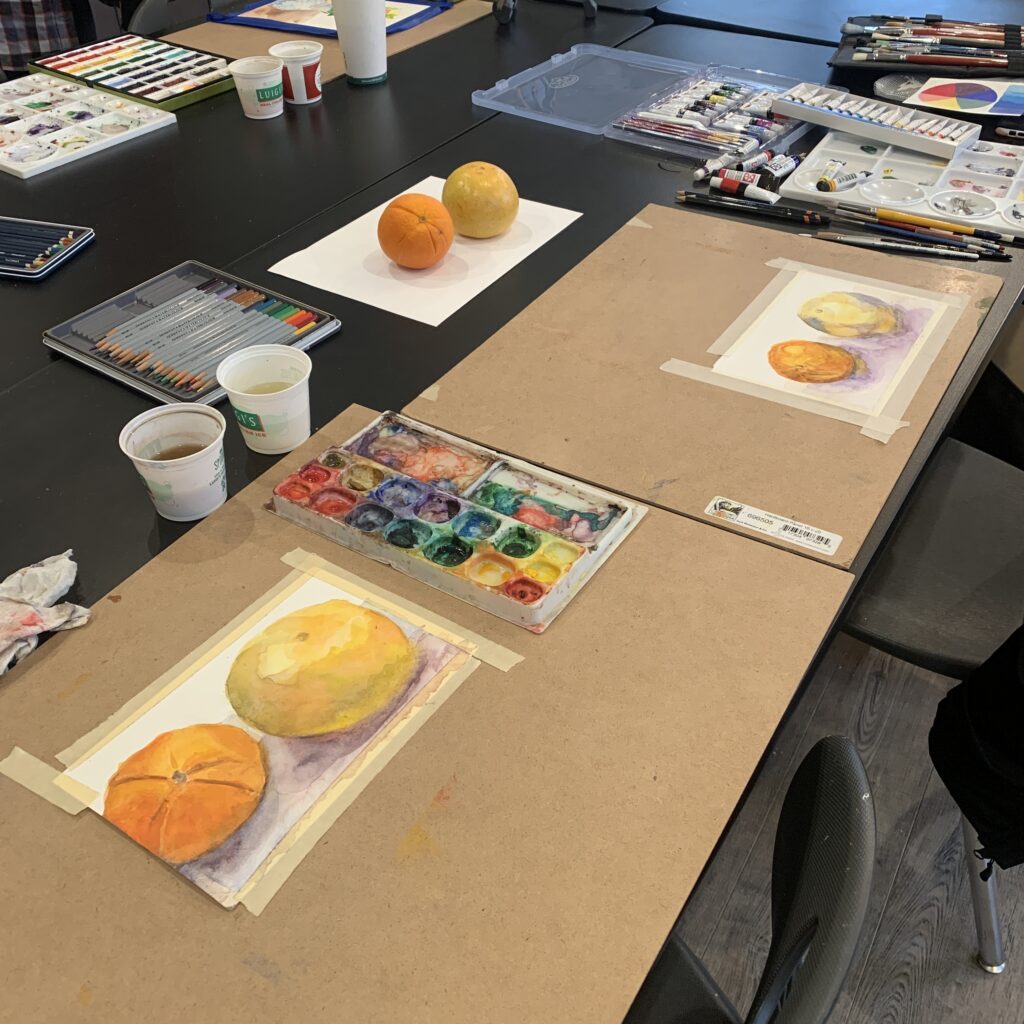Your cart is currently empty!

This is a class for the true beginner as well as the student with some watercolor experience. We’ll cover the basics of the medium: what materials to use and the many ways to apply paint to paper to achieve the luminous washes and interesting brushwork that make watercolor paintings so appealing. Color theory, composition and the elements of good draftsmanship will also be addressed. If you’ve always wanted to learn watercolor or want to broaden your experience in the medium, this is the class for you!
Spring I (8 weeks): March 7th – May 2nd
No Class April 4th
Spring 1 registration closed
JOIN OUR SPRING 2 WAITLIST
Spring 2 (8 Weeks): May 5th – June 28th
No classes Friday May 24th – Monday May 27th
Thursdays 10:00am- 12:00 pm (8 Classes)
May 9th – June 27th
$338
Email [email protected] with your name, email address, phone number, and class you are interested in.
Registration Opening Soon!
Due to the popularity of our classes, we offer priority enrollment for current students to continue their class. Many students find that they want to continue their class beyond their initial session. If any spots become available in a class, or if a student is ready to move up, we are then able to offer registration to new students, starting with those on our waitlist.
Open registration will start April 15th.
To receive a discount, pay via Venmo, Zelle, cash, or check!



Click here for the Suggested Beginner Watercolor Materials List
Link to Amazon shopping list: https://www.amazon.com/hz/wishlist/ls/T8P6FERZ9EN7
A word about quality: Professional (Artist) grade watercolor materials are more expensive and easier to use than student grade materials because they provide consistent results. The colors are more intense and the paper is more durable. That being said, you have to decide what fits your budget.
- Paints – in tubes not pans. Professional (Artist) grade paint is better
- Daniel Smith makes a really good professional beginner pack with 2 reds, 2 yellows and 2 blues (see Amazon wish list). If you already have some paints, make sure you have at least a warm and cool yellow, warm and cool red, and warm and cool blue color to start.
- Watercolor palette with deep wells and large mixing areas (see Amazon wish list).
- Paper-cold-pressed and at least 140lb (300gsm).
- 100% cotton is best but more expensive: Arches, Fabiano or Strathmore are popular brands. Canson and Strathmore also make a less expensive watercolor paper that is about 70% cotton – it is less durable with repeated washes but can be a good paper to start with. I suggest having some of each kind of paper.
- Brushes – synthetic or natural hair. Make sure the brushes have a nice sharp edge or point when wet.
- 3/4 inch flat brush
- #6 and #12 round brush
- #4 rigger brush
- Drawing paper for thumbnail sketches and small studies
- #2 pencil and eraser.
- At least 2 containers to hold water (take-out soup containers work well)
- Masking or artists tape
- Paper towels or facial tissues (Kleenex) for blotting
- Masking fluid (frisket) and rubber cement pick-up
- Small spray bottle for water
- Hair dryer (the Studio also provides some hair dryers)
